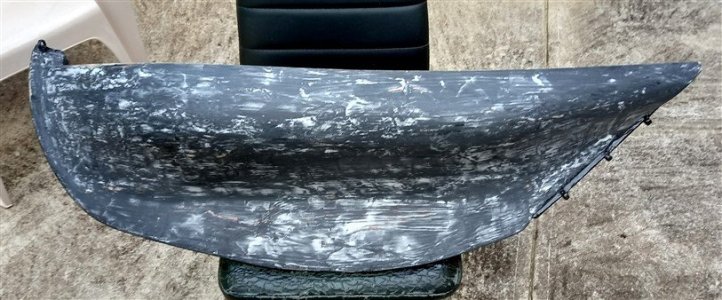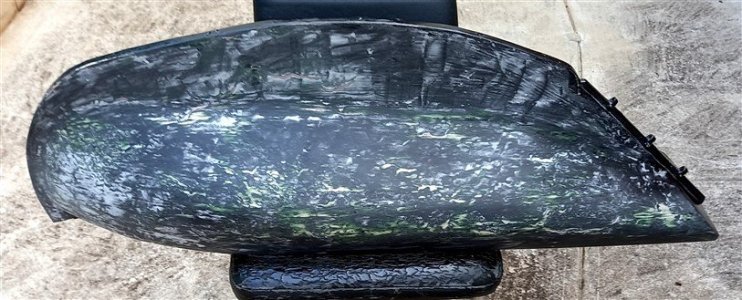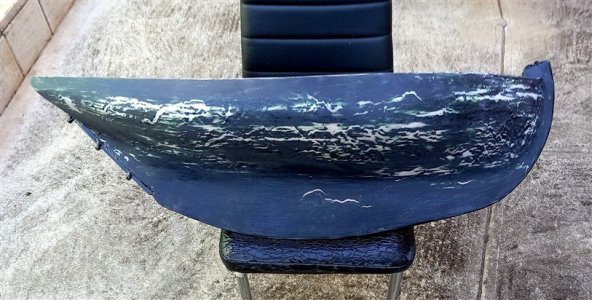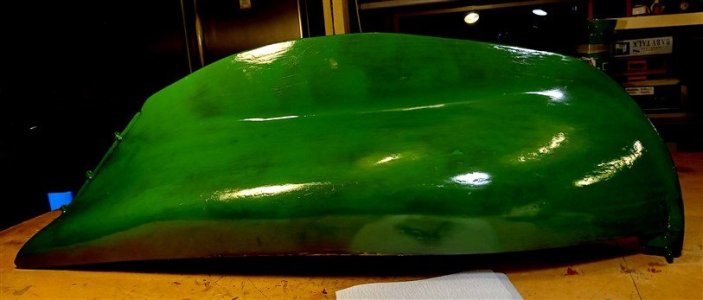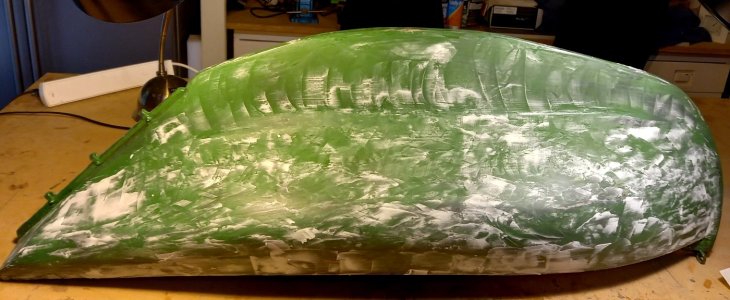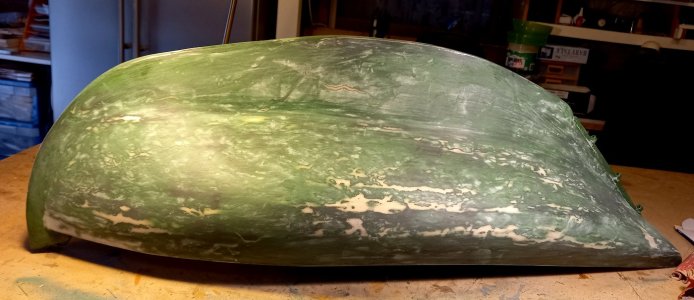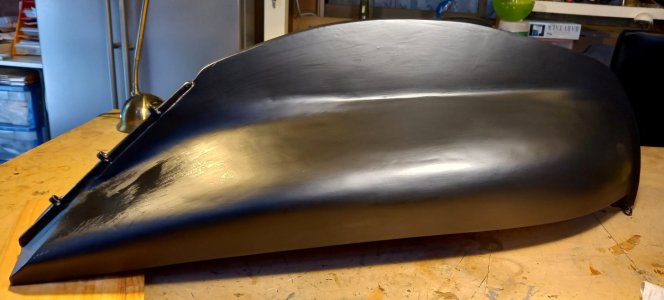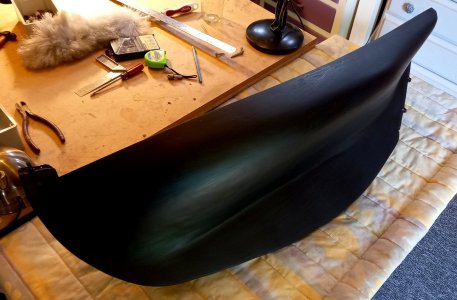View attachment 467054
The hull didn't seem to be in too bad a condition, however the false keel will definitely need removing and probably recasting before reattaching,
View attachment 467055
The rudder was OK, just needs cleaning up and repainting with the rest of the hull,
View attachment 467056
close up of the false keel, I was wondering if I can get her to sail with the ballast inside the boat,
View attachment 467057
and looking down on her, looks bad but a lot of it is just dust and grime and that deck has to go anyway,
View attachment 467058
another view, you can just see at the after end of the hatch where Patrick had started taking the deck off,
View attachment 467059
The main sail, I'm hoping it will wash up ok, if not I might have to soak it in tea again to get the overall colour,
View attachment 467060
close up of the jaws,
To be continued,
thanks for looking in,
Best regards John,


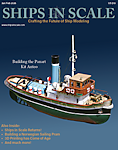



 Congratulations!
Congratulations!


